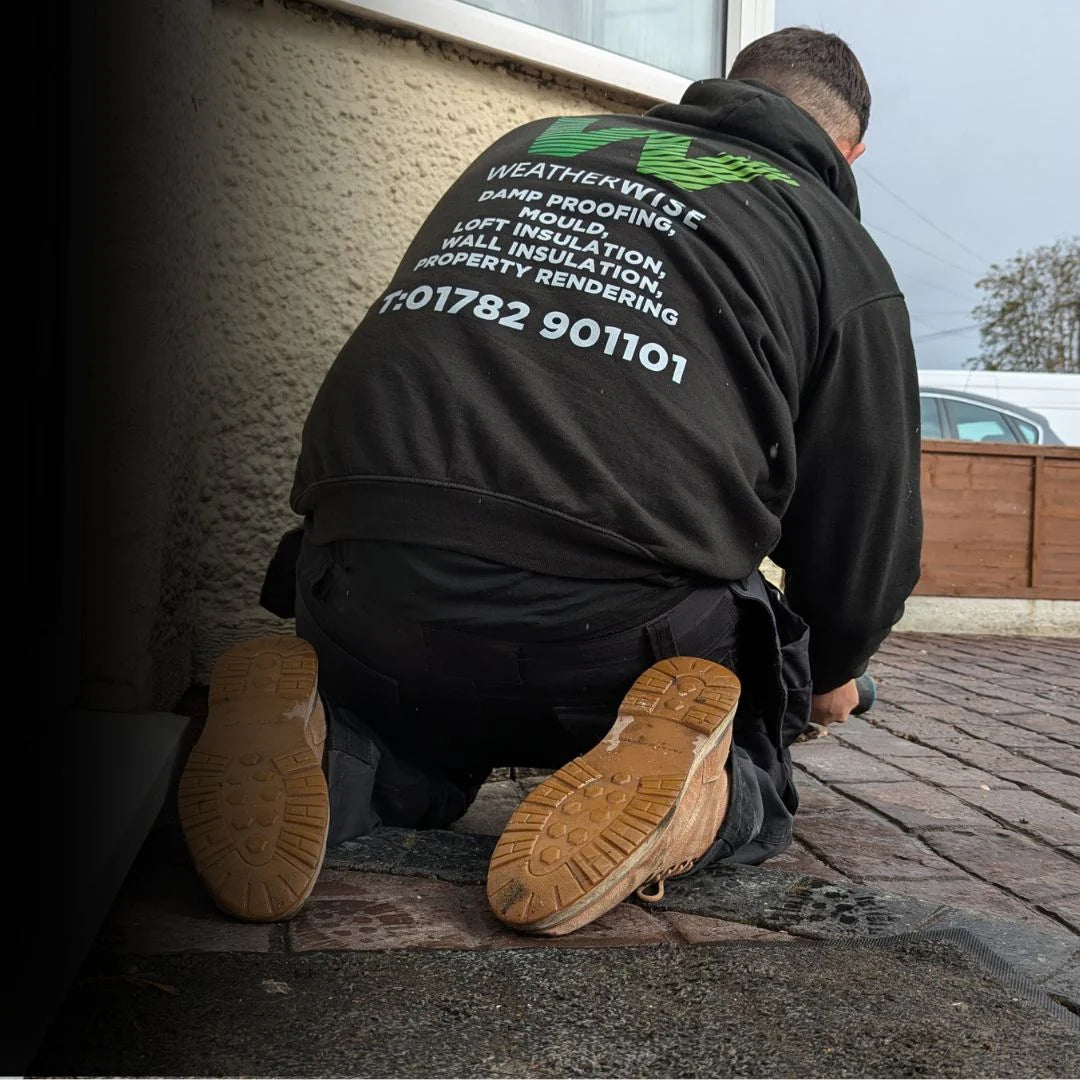Rising damp is one of the most misunderstood issues we come across in Preston homes. People often blame it for every damp patch on a ground floor wall — but in reality, it’s much rarer than many think. What’s more common? Bridging plaster, condensation, and poor ventilation.
At Weather Wise Solutions, we believe in diagnosing damp properly, not jumping to conclusions. Here's how to tell the difference — and what to do if your home really does have rising damp.
🧱 What True Rising Damp Actually Looks Like
When rising damp is present, you’ll typically see:
-
A well-defined “tide mark” low on the wall (up to around 1.2 metre high)
-
Salts (white powdery residue) on the surface of the plaster
-
Damp, crumbling plaster near the floor
-
Consistently high readings on a moisture meter at low level
-
Often accompanied by rotting skirting boards or floor timbers
True rising damp always starts from the base of the wall and works upwards through capillary action. It’s usually only present where the damp proof course (DPC) has failed — or was never installed to begin with.
❌ What Rising Damp Is Not
We often get called out to homes where rising damp has been misdiagnosed. Here are some common red flags that it might be something else:
-
Mould growth on low walls — usually a sign of condensation, not rising damp (mould doesn’t typically grow on true rising damp due to salt content)
-
Damp patches behind dot-and-dab plasterboard — often caused by cold bridging
-
Damp that’s higher than 1.2 metre — usually related to penetrating damp or internal leaks
-
Plaster that touches the floor — allowing moisture to bypass the DPC (a common example of bridging plaster)
Diagnosing damp is about looking at the full picture — internal and external conditions, ventilation, ground levels, and building history.
🛠️ Our Approach to Rising Damp
If we confirm rising damp is present, we install a modern silicone-based DPC system using trusted products from PAM Ties.
Our process includes:
-
Moisture mapping and testing
-
Identification of bridging or contributing issues
-
Removal of salt-contaminated plaster
-
DPC injection and installation
-
Application of vapour-permeable finishing plaster
-
Advice on subfloor ventilation and internal airflow
We also look for bridging risks like render or plaster that has been applied below the DPC line, which can allow moisture to bypass the barrier even if the DPC is functioning.
✅ A Trusted Local Damp Proofer
We’re proud members of the Damp Proofing Association, offering insurance-backed guarantees and honest, evidence-based advice. As a family-run company serving Preston and Lancashire, we believe in getting it right the first time — no guesswork, no overselling.
📞 Book a Free Survey for your Home here with Weather Wise Solutions – Preston’s rising damp and wall restoration experts.



